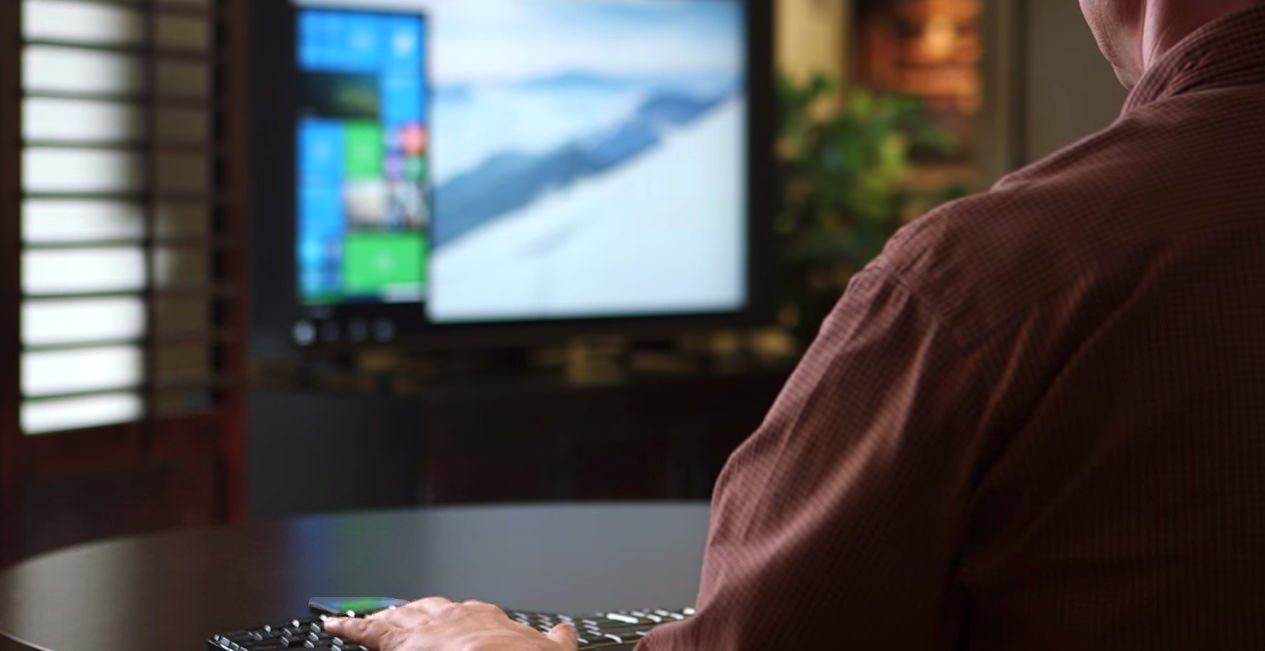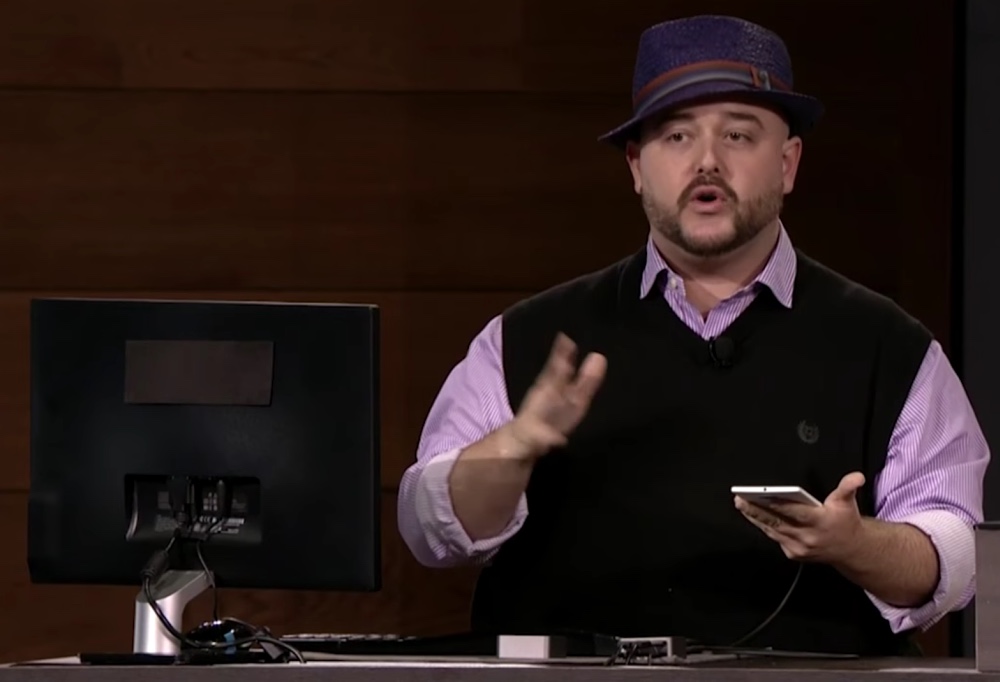Published by Steve Litchfield at 16:06 UTC, October 21st 2015
I was listening to a few tech podcasts from the USA (notably TWiT) and it seemed that Microsoft’s message about what Continuum is (and isn’t) hasn’t really sunk home, unfortunately. Every journalist and blogger watched Bryan Roper’s demonstrations at Microsoft’s event a couple of weeks ago, was suitably wowed and then – ahem – I hear some of them saying that (I quote) “Continuum will never take off until it works with Android or iOS”. This level of misunderstanding is staggering. I’m tempted to say I don’t know where to start but… you know me, I’ll have a go anyway!

“Continuum will never take off until it works with Android or iOS”
Ahem. There’s no question of Continuum ‘working with Android’ – or iOS or Jolla or anything else on the planet. It’s not a service layer into which you can plug any old smartphone – presumably bloggers think that if the right signals and data are sent up the wires (or across a wireless protocol) then that big ‘ol screen will burst into life, showing an Android homescreen and then full-screen applications of some variety (Microsoft or third party). And of course you can plug Android smartphones in through MHL cable links or wirelessly via various protocols, to big displays, in order to mirror content (or, in the Chromecast’s case, control streaming content). But that’s totally different to what Continuum is and does. Of which more below.
Which brings me to the second and related comment:
“Continuum will never take off because Windows Phone is a failure”
Yes, in the grand scheme of things, Windows Phone as a smartphone OS has only seen limited success. And it’s now dying, being killed stone dead by Microsoft. And it’s been dying for a while, since every major chunk of it is being transitioned and manipulated (and in some cases replaced) by Windows 10 Mobile. Continuum has nothing whatsoever to do with “Windows Phone”. That OS will never be able to run any of the Continuum features.
“So what IS the point of Continuum, then?”
I’m glad you asked. The POINT of Continuum is that it’s not a phone operating system talking to another OS on a bigger display with the computing power goodness knows where. It’s that the phone IS your Windows 10 PC. The OS and universal applications on your Lumia 950 or 950 XL running Windows 10 Mobile are the same as if you were using a laptop or Surface running the ‘full’ Windows 10. In other words, Windows 10 Mobile is ‘Windows 10’, it’s simply slimmed down a little, missing a lot of the bulk that’s needed to interface with laptop and Surface hardware and accessories – but the core is identical, just compiled for a different chipset.
In other words, don’t think of it as Windows Phone reaching out beyond the grave to a large desktop monitor near you. Think of it as the Windows 10 OS (which most people know and like) extending its compatibility to the ARM-based smartphones that used to run (quaint old) ‘Windows Phone’. And, once on a 950 or 950 XL (or future compatible phones), this Windows 10 environment can be carried in your pocket, used as a phone or desktop or tablet or in other ways not even demonstrated yet.

Bryan Roper at the event, holding his Windows 10 PC in his left hand. Also with him are a few cables, the Display Dock and a standard 1080p monitor. Job done.
The idea of a ‘PC in your pocket’ has been longstanding, of course. And I’ve been through most iterations, from the Poqet PC to Psion to Nokia Communicators to the Motorola Atrix, and none hold a candle to the elegance and possibilities behind Microsoft’s Continuum.
I’ve previously questioned the need for Continuum at all, i.e are there enough valid use cases to make the technology worthwhile and practical, and these questions still stand. But let’s have no more of this horrendous misunderstanding of what Continuum IS, please…